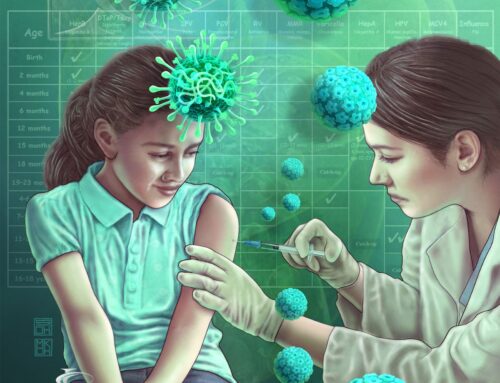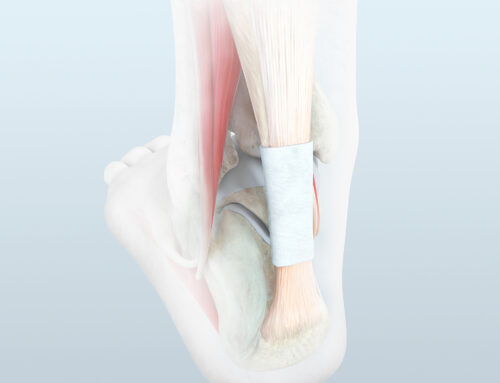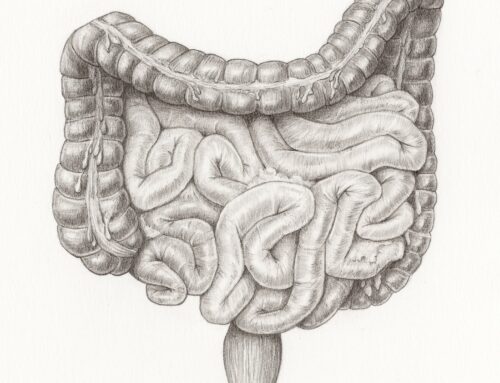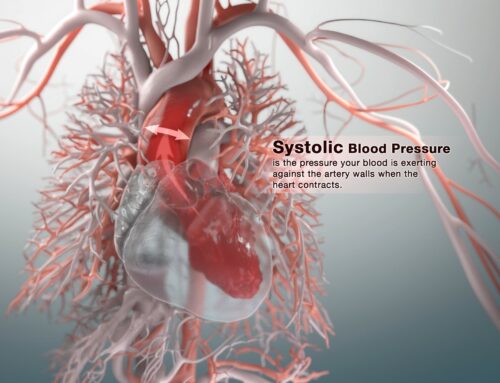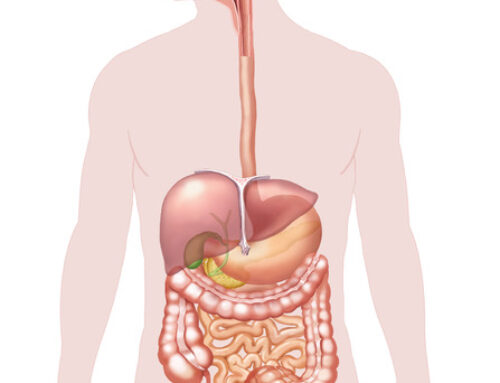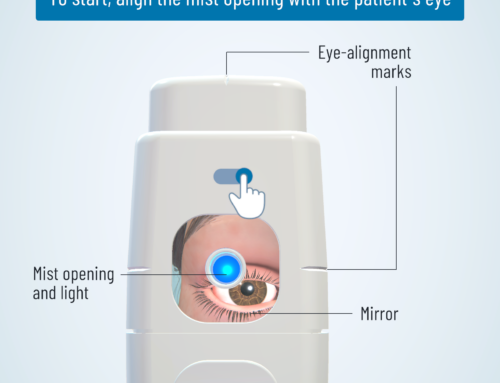Media Spotlight on Medical Illustration & Animation
The field of Medical Illustration & Animation receives a glowing spotlight in the media from an excellent article written by RIT professor and experienced medical illustrator, James A. Perkins, originally published by The Conversation and picked up by the Washington Post.
“This is easily one of the best articles ever written on our profession.”
~ Peg Gerrity
“I was so excited to see this article! Congratulations Jim on this great opportunity to highlight our profession… There is so much appreciation out there for our industry.“
~ Jill Gregory

Artists reveal what cannot be seen (Henry Gray, Anthony Edwward Spitzka/Internet Archive via Flickr)
“Medical illustrators draw what can’t be seen, watch what’s never been done, and tell thousands about it without saying a word.”
This wonderful article by James A. Perkins provides a comprehensive and insightful overview of the crucial role played by medical illustrators in the field of medicine. The author, a practicing medical illustrator with over three decades of experience, eloquently articulates the profession’s historical significance and its contemporary applications.
The article begins by referencing the former slogan of the Association of Medical Illustrators, capturing the essence of the profession – drawing the unseen, observing the unprecedented, and communicating complex medical concepts visually. The author’s personal experience as a medical illustrator lends authenticity to the narrative, offering a firsthand account of the profession’s daily challenges and accomplishments.
The central theme revolves around the power of visual communication, emphasizing that a picture can convey information more effectively than words alone. The author cites the famous adage, “A picture is worth a thousand words,” and highlights how medical illustrators utilize visuals to teach intricate scientific concepts. The historical context provided, from ancient Egypt to the Renaissance, illustrates the enduring nature of medical illustration.
The article seamlessly integrates examples from various medical disciplines, such as anatomy, surgery, and molecular biology, showcasing the diverse applications of medical illustration. The author effectively demonstrates how illustrations have been pivotal in educating generations of medical professionals, from detailed anatomical drawings to modern virtual reality simulations.
Particularly engaging is the discussion on the microscopic and molecular levels, where medical illustrators employ specialized techniques to visualize structures beyond the naked eye’s capability. The reference to the creation of the red-spiked coronavirus image during the pandemic exemplifies the contemporary relevance of medical illustrators in conceptualizing new processes and techniques.
The narrative climaxes with a compelling example of medical illustration’s impact in surgery – the separation of conjoined twins at the Mayo Clinic in 2006. The detailed illustrations and 3D-printed models served as indispensable tools for training and surgical planning, underscoring the profession’s tangible contributions to medical advancements.
The article also sheds light on the rigorous education and training medical illustrators undergo, emphasizing the intersection of science and art. The author highlights the importance of considering the audience’s educational level, emphasizing that medical illustrators are not just communicating with medical professionals but also with patients, including children.
In conclusion, the article successfully portrays medical illustrators as indispensable contributors to the medical field, skillfully combining artistic talent with scientific knowledge. It effectively communicates the profession’s historical roots, its contemporary applications, and the rigorous training required to ensure accurate and clear communication of complex scientific information. Overall, the article serves as a compelling testament to the invaluable role of medical illustrators as visual educators and communicators in the realm of medicine.

